Digital Classroom
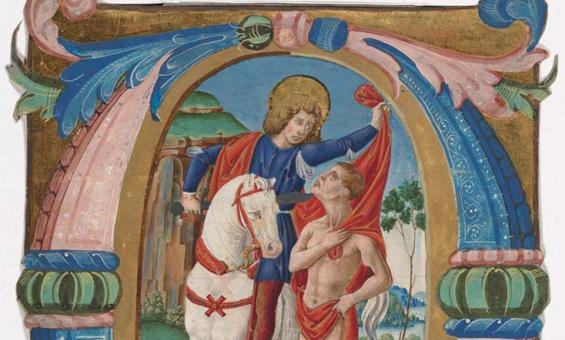
([14--?]). Early Flemish, German, Italian, Spanish, French woodcuts. /Item PIC/14340/41,. nla.gov.au/nla.obj-2902124787
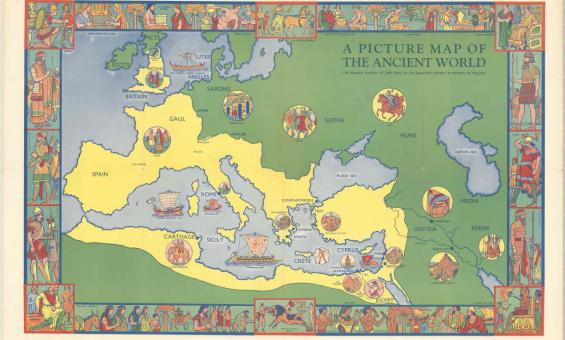
Ellis Luciano Silas & Evans Brothers Ltd, (1939), A picture map of the ancient world / specially painted by Ellis Silas, nla.gov.au/nla.obj-2378561352
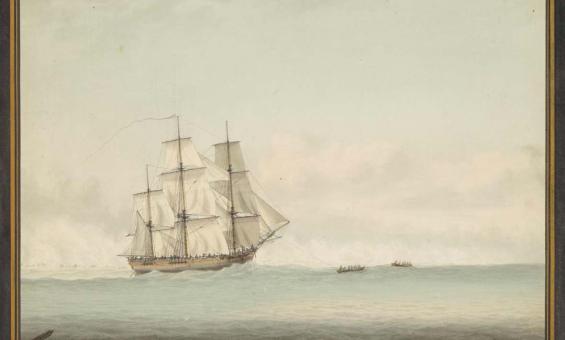
Samuel Atkins, (1794), HMS Endeavour off the coast of New Holland, nla.gov.au/nla.obj-135273911
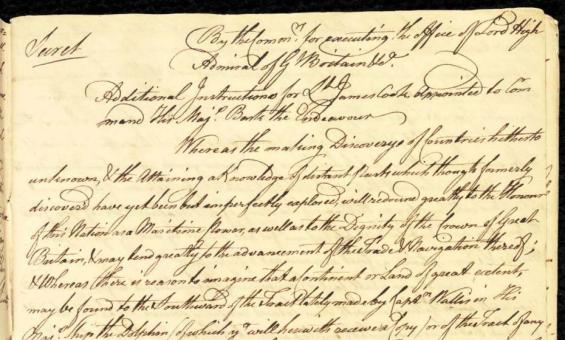
James Cook & Great Britain. Admiralty. (1768). Cook's voyage 1768-71, nla.gov.au/nla.obj-229102048
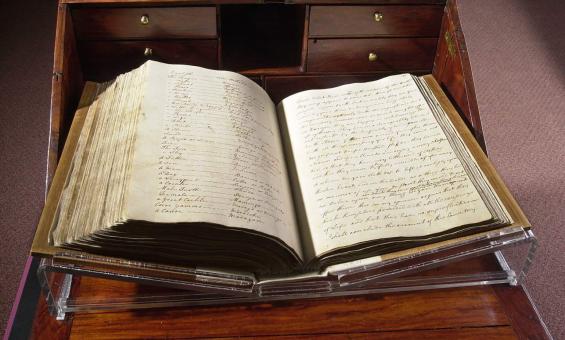
Cook, James, 1728-1779 & Hutchinson, John & Wallis, Samuel, 1728-1795 & Bolckow, Henry William Ferdinand, 1806-1878. (1768). Journal of H.M.S. Endeeavour, 1768-1771 [manuscript], nla.gov.au/nla.obj-228958440

James Cook & Great Britain. Admiralty. (1768). Cook's voyage 1768-71, nla.gov.au/nla.obj-229102048
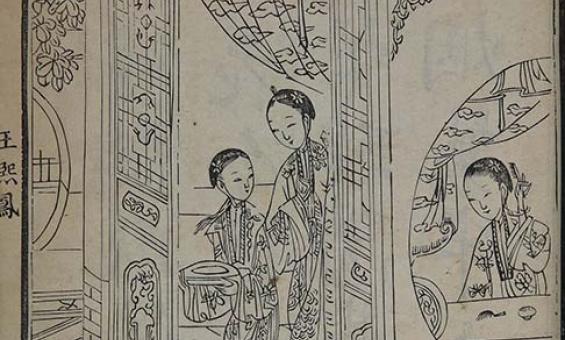
The Story of the Stone (Dream of Red Mansions), Suzhou: Book Room of Collected Literature 1791, National Library of China
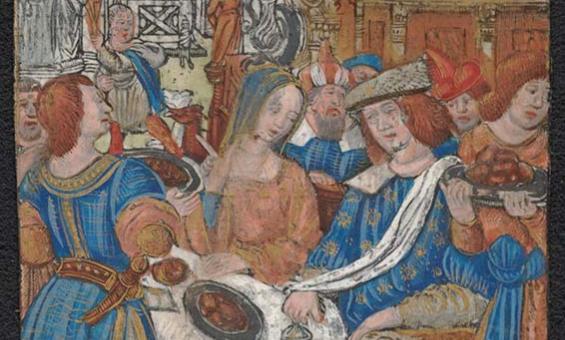
PIC MSR 14/8/2 #PIC/14340/1-51-Early Flemish, German, Italian, Spanish, French woodcuts, nla.gov.au/nla.obj-2902124119
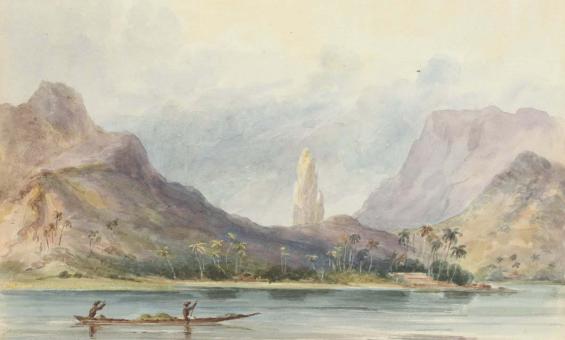
Nicholas Chevalier, (1868), Otaheite [i.e. Tahiti], nla.gov.au/nla.obj-134623111
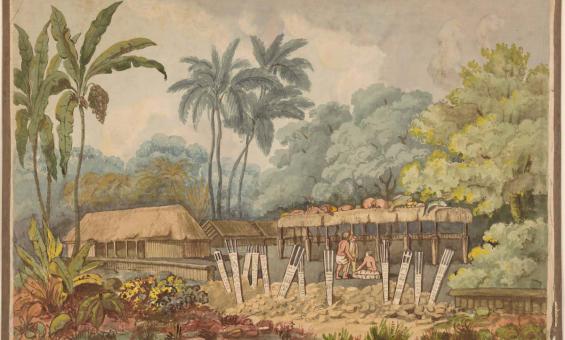
John Williams & John Webber & James Cook, A human sacrifice in a morai in Otaheite, nla.gov.au/nla.obj-136423378

(1772). The botanic Macaroni, nla.gov.au/nla.obj-135987238
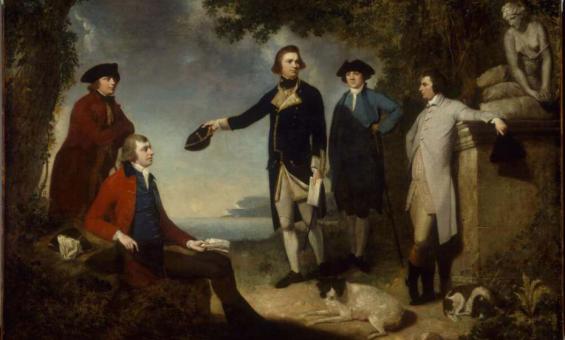
John Hamilton Mortimer, (1771), [Captain James Cook, Sir Joseph Banks, Lord Sandwich, Dr Daniel Solander and Dr John Hawkesworth], nla.gov.au/nla.obj-135646842